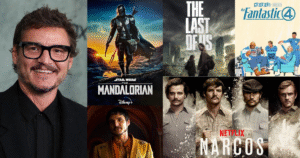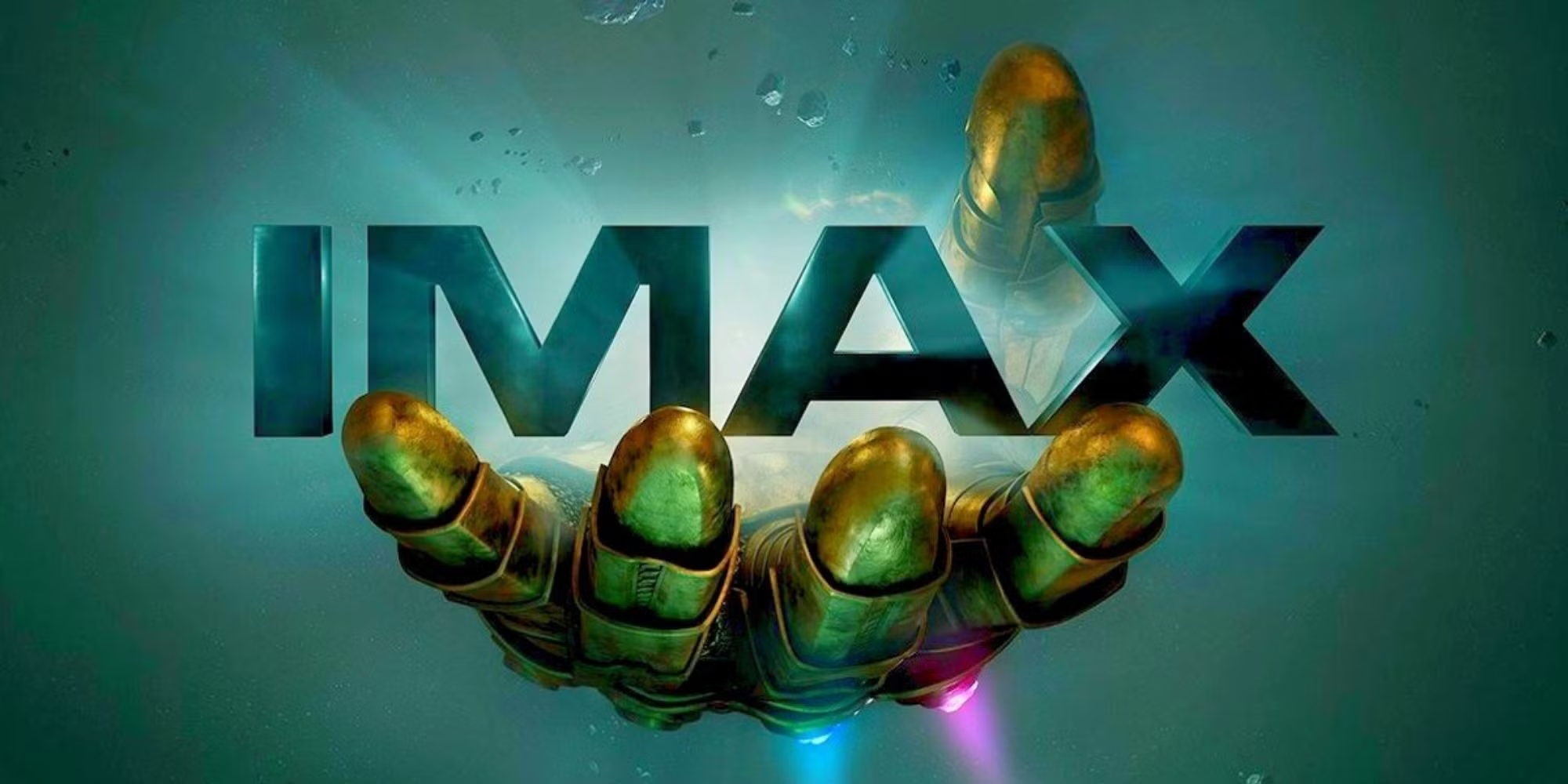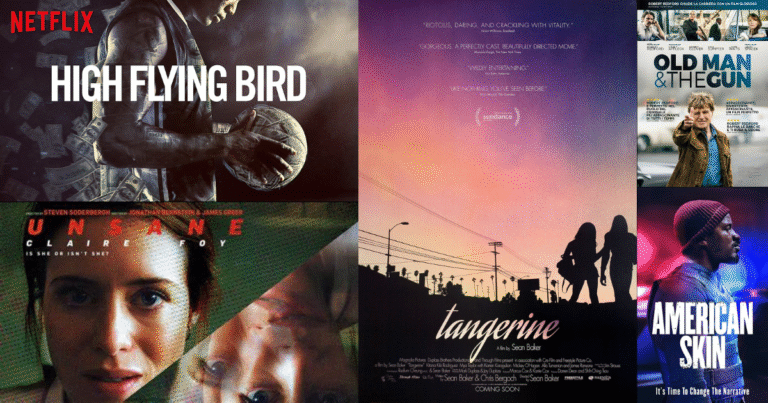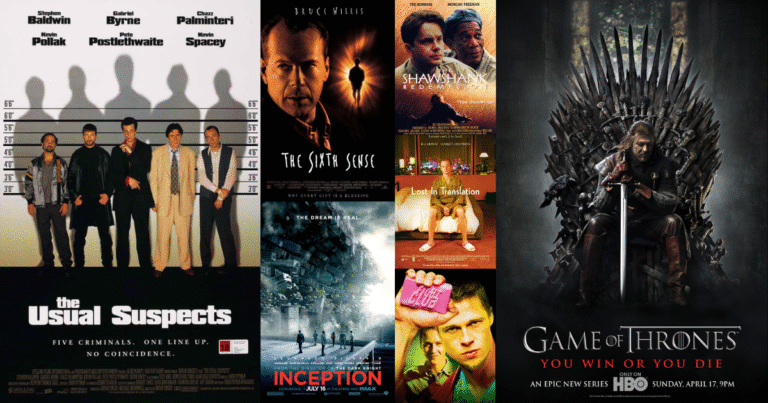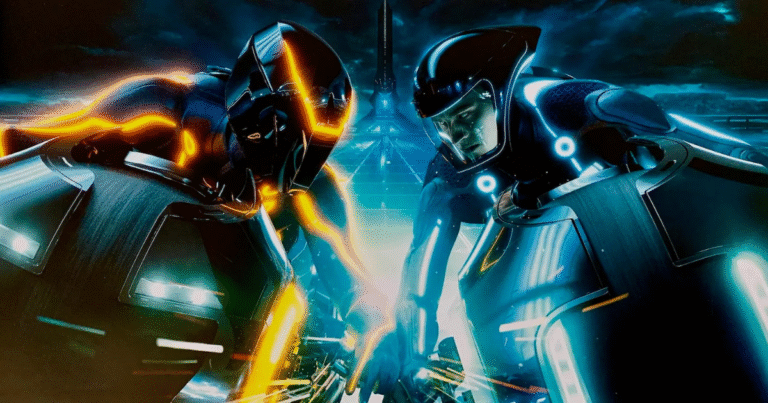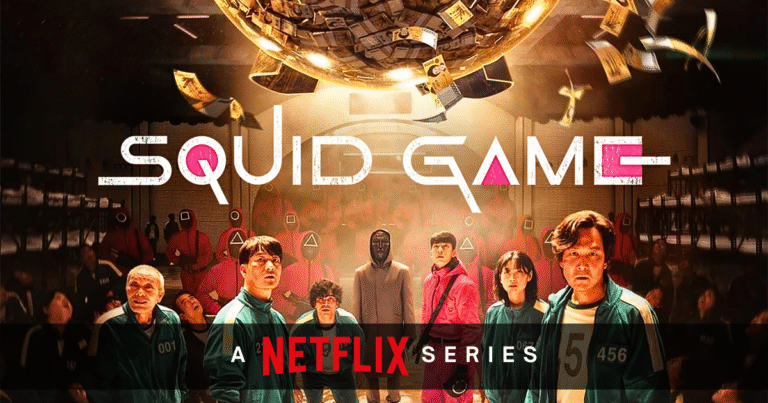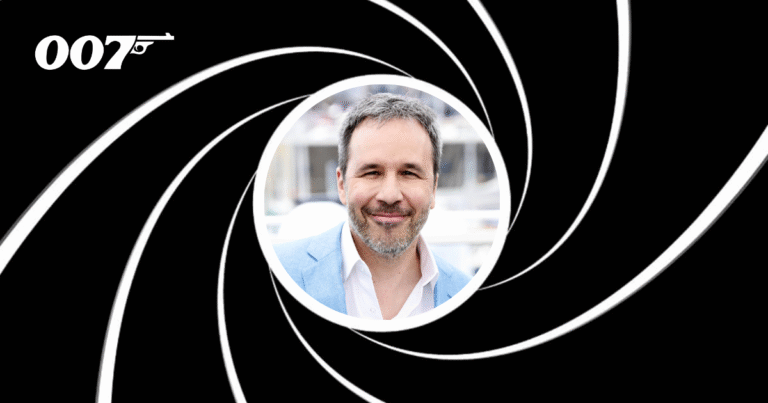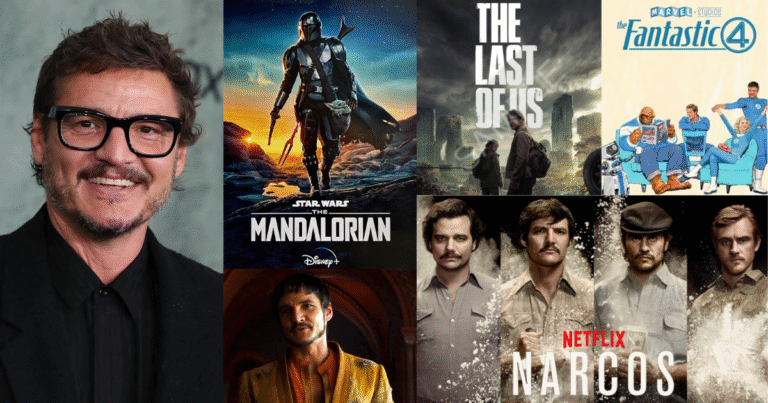There’s something magical about watching a movie on a giant IMAX screen. The booming sound, the crystal-clear image, and the feeling of being surrounded by the story, it’s not just a movie, it’s an experience. But what exactly makes IMAX so special? Why do some filmmakers go out of their way to shoot with IMAX cameras? And why do certain films truly shine when watched on the biggest screen possible?
In this article, we’ll break down the science and technology behind IMAX, explore how it affects the movie experience, and talk about why some films just aren’t the same on a regular screen.
What Is IMAX?
IMAX stands for “Image Maximum.” It’s a special format of film and projection technology that gives viewers a bigger, sharper, and more immersive viewing experience. IMAX screens are much taller and wider than regular movie screens. They often curve slightly to fill your field of vision, making you feel like you’re inside the movie rather than just watching it.
But it’s not just about size. IMAX uses special cameras, projectors, and sound systems that work together to deliver stunning clarity and depth. When a movie is made specifically for IMAX, it’s like giving your senses a treat.
How IMAX Cameras Make a Difference
Most Hollywood films are shot using standard digital cameras. These do a great job, but they don’t capture as much detail as an IMAX film camera can. IMAX cameras use larger film stock or advanced digital sensors that can capture more of the scene, both in terms of width and height.
When filmmakers use IMAX cameras, they’re not just getting a wider shot. They’re capturing more texture, more detail, and more color. The end result is a movie that looks richer and more lifelike.
Christopher Nolan is one of the biggest supporters of IMAX. He’s used it in films like The Dark Knight, Interstellar, Dunkirk, and Oppenheimer. In many scenes, especially action sequences or wide landscapes, you can see the screen expand to fill the entire IMAX frame. It’s a subtle but powerful effect that pulls you deeper into the story.
Why Sound Matters Too
IMAX is not just about what you see, it’s also about what you hear. IMAX theaters have a custom-designed sound system that plays audio with extreme precision. You can hear footsteps behind you, whispers to your side, and explosions that make your seat rumble.
This kind of sound design adds to the emotion and tension of a film. In action films, it makes you feel the intensity. In dramas or sci-fi movies, it helps you connect with quiet moments. The goal is simple: total immersion.
Not All Films Are Made Equal
Here’s the truth, some films are made for IMAX, and some aren’t. A romantic comedy or a small indie drama might not benefit much from the IMAX treatment. But big, visually driven films? They’re made for it.
Here are types of movies that truly shine on an IMAX screen:
- Sci-Fi and Space Films – Movies like Interstellar and Gravity use vast space visuals and stunning effects that look breathtaking in IMAX.
- Action Films – Car chases, explosions, fight scenes, all of these feel more intense on a larger screen with high-quality sound.
- Nature Documentaries – IMAX is often used in documentaries to showcase the wonders of nature in incredible detail, from deep oceans to mountaintops.
- Epic Historical Films – War movies like Dunkirk or large-scale dramas like Oppenheimer use the IMAX format to bring real-world events to life with more impact.
Why IMAX Is Worth the Price
Let’s be honest, IMAX tickets can be more expensive than regular movie tickets. But for certain films, the value is clear. You’re not just paying for a bigger screen. You’re paying for a complete sensory experience. When a movie is designed for IMAX, you’ll get to see parts of the frame you wouldn’t see on a regular screen. You’ll hear things more clearly. You’ll feel more involved.
It’s the difference between watching a video on your phone and attending a live concert. Both let you hear the music, but only one surrounds you with it.
IMAX and the Director’s Vision
Many filmmakers see IMAX as a storytelling tool. They don’t just want to show you something. They want you to feel it. When Christopher Nolan, Denis Villeneuve, or James Cameron chooses to shoot in IMAX, they’re making a decision to bring you closer to their vision.
In an interview, Nolan once said that IMAX allows him to “immerse the audience in the world of the movie.” And that’s what it’s really about. When a movie is built with care for the IMAX format, it can leave a lasting impression.
The Future of IMAX
With more filmmakers embracing large-format filmmaking, IMAX is becoming even more popular. Some streaming platforms are even offering “IMAX Enhanced” versions of movies, though nothing truly compares to seeing it in a theater.
In the future, we can expect more blockbusters to use IMAX cameras. Audiences now look for immersive experiences that go beyond simple entertainment. Whether it’s a Marvel movie, a sci-fi epic, or a nature documentary, IMAX is proving that the big screen still has magic.
Final Thoughts
The science behind IMAX is impressive, but it’s the feeling that really matters. It’s about sitting in a dark theater, surrounded by powerful sound, and being swept into another world. It’s about giving your eyes and ears something they don’t get every day.
If you haven’t seen a movie in IMAX before, try it with the right film. Choose one made for the format. Whether it’s a space adventure, an action-packed thriller, or a visually rich drama, you’ll walk out feeling like you experienced something special.
And for movie lovers who truly want to feel the heart of cinema, IMAX is the screen your favorite films deserve.


